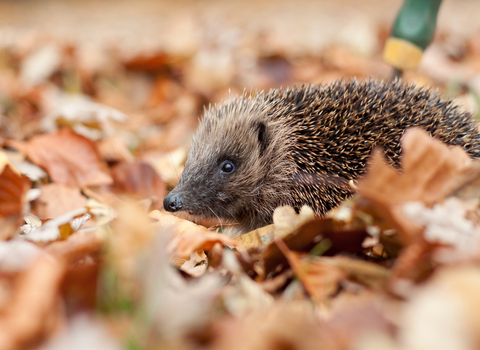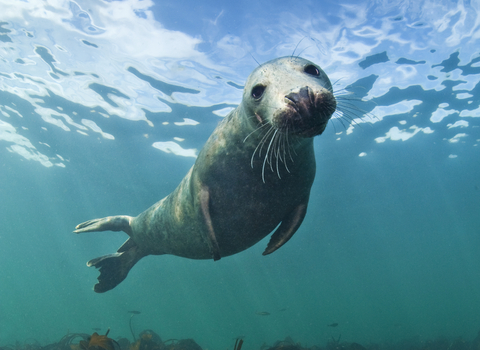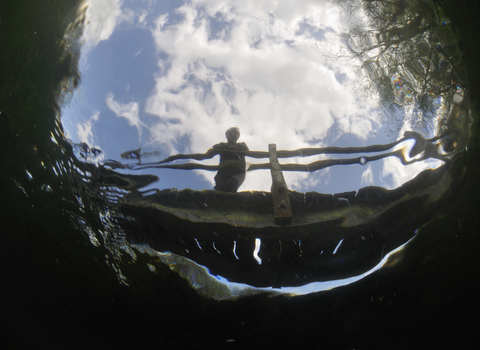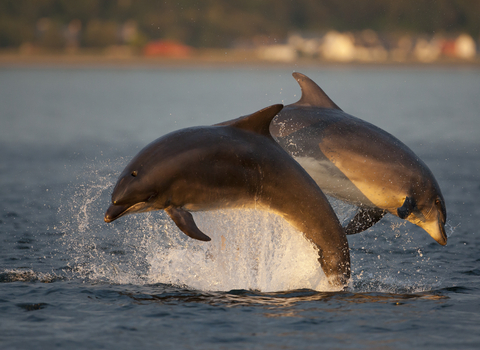What is citizen science?
It's very hard to protect wildlife if you don't know much about it. To understand what a species needs, we have to gather a lot of information about things such as its population, habitat choices and behaviour. Even more importantly, we have to monitor how these things change over time, in order to spot worrying trends and identify issues. The more information we have, the better.
But that's a lot of data to gather and scientists alone would struggle to collect as much as they need. That's where citizen science projects come in. By working together with volunteers, scientists and conservationists can collect much more information about the species they are studying. Sometimes specialist knowledge is required, but often a basic grasp of wildlife is all you need to get involved - some projects offer training or identification guides to help you, too.
Citizen science projects are a great way to learn more about our wonderful wildlife, at the same time as helping to protect it. Here are some of the citizen science projects you could get involved in with The Wildlife Trusts.
National projects
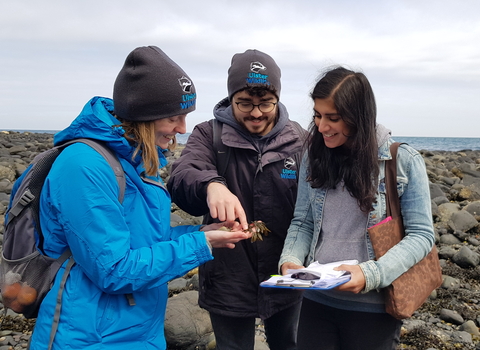
Volunteers taking part in Shoresearch © Ulster Wildlife
Shoresearch
Become an amateur marine biologist by joining Shoresearch, our national citizen science survey of the intertidal shore. Learn to identify shoreline plants and wildlife and help us monitor this special habitat.
Regional projects
General recording
You don't need to take part in an organised survey to make your wildlife spotting count. Recording your every day sightings can help scientists learn more about wildlife - how common certain species are, where they're found, whether they are moving in response to climate change. The more information you can record the better, but the basic things to note are the species name, the date, the number of individuals you spotted and a grid reference for the location. Taking a photo can be very helpful to confirm your sighting.
There are lots of ways to share your records. You could send them to your Local Environmental Records Centre, or to a regional recorder for certain species. Most counties have a dedicated moth recorder, for example, who gathers records of moths from across the region. There are also apps and websites that enable you to share records with the right people. The main two are iRecord and iNaturalist. iNaturalist is great for beginners - you can upload a photo of what you've seen and other experts will help confirm the identification.

